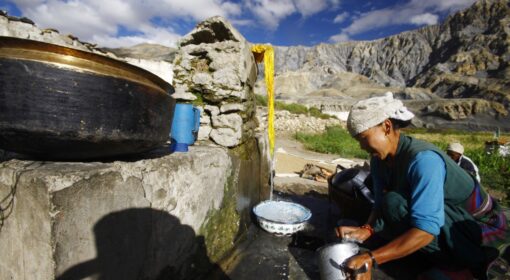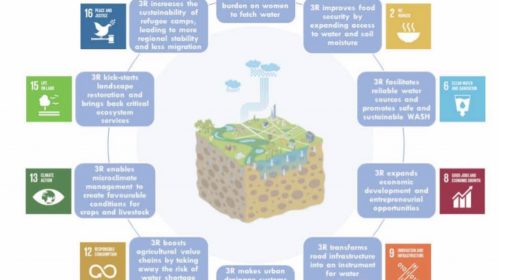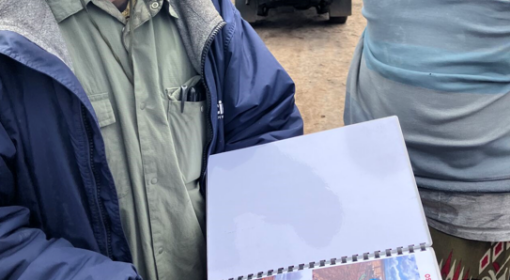By David Mornout
Nestled along the stunning coastline of the Mediterranean Sea, the historic city of Cartagena in Spain enchants visitors with its rich cultural heritage and captivating landmarks. However, behind its coastal beauty lies a significant challenge: water scarcity – or, one could say, water management. Despite its proximity to the sea, Cartagena grapples with a scarcity of water resources due to an annual rainfall of less than 300 millimetres[1], coupled with arid summers and erratic rainfall patterns. This scarcity of water resources poses a struggle for the city’s inhabitants and agricultural needs, making water harvesting and local water management crucial.
Ingeniously, the ancient inhabitants of Cartagena developed techniques for water harvesting, creating a network of underground channels and reservoirs called “qanats” or “aljibes”. These remarkable structures were specifically designed to collect and store rainwater during the infrequent showers, providing a lifeline for the community and facilitating the construction and sustainability of one of the city’s most magnificent landmarks: the amphitheatre.[2],[3]
The amphitheatre, often referred to as the Roman Theatre, stands as one of the greatest examples of the utilization of water harvesting techniques in Cartagena. Constructed between the 5th and 1st centuries BCE, this inspiring arena exemplifies the ingenuity and resourcefulness of ancient civilizations. With a capacity to accommodate approximately 6,000 spectators, the amphitheatre hosted a wide range of events, from theatrical performances and gladiatorial contests to religious ceremonies.[4]
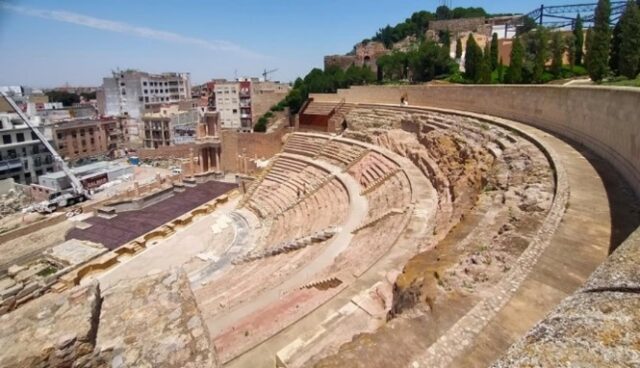
Water harvesting played a pivotal role in the construction and maintenance of the arena. The rainwater collected through the intricate network of qanats served multiple purposes, such as mixing mortar for construction, ensuring the stability of the structure, and providing water for the participants and spectators during events. Additionally, the stored rainwater maintained the surrounding gardens and fountains, enhancing the grandeur and allure of the theatre.
Over the centuries, the amphitheatre fell into disuse and was eventually buried under layers of urban development. However, in the late 20th century, the remains of this architectural marvel were rediscovered, leading to subsequent restoration efforts. Today, visitors have the privilege of marvelling at the well-preserved structure, showcasing the remarkable achievements of ancient engineers and emphasizing the significance of water harvesting in the region’s history.
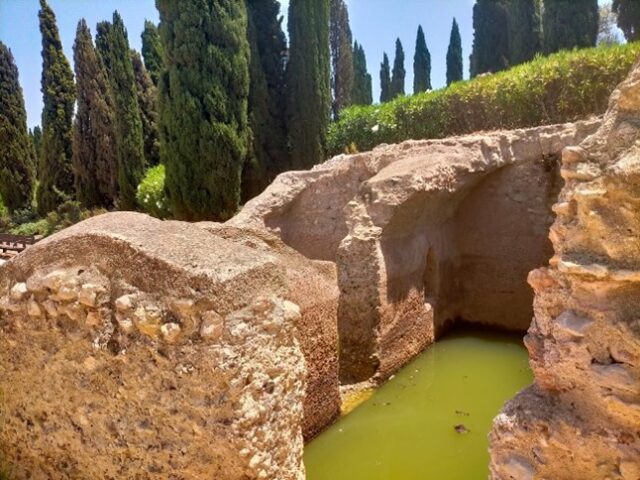
Today, the traditional water culture of the region, with traditional and sustainable techniques of water harvesting has been relegated by new water collection technologies including the transfer of foreign flows, underground exploitation, and desalination.[1] This went, and goes, hand in hand with dropping aquifers and serious socio-environmental conflicts, further exaggerated by the growing demand for water for tourism. We need to revalue and rethink water harvesting, especially as currently only a small percentage of rainfall is useful rain, due to its torrentiality, the rest is transformed into runoff, quickly flowing into the sea – and lost. In the light of climate change, this re-valuation is even more pivotal.
The amphitheatre in Cartagena stands as a testament to the innovative water harvesting techniques employed by ancient civilizations. As we admire the grandeur of this ancient landmark, we are reminded of the importance of local water harvesting and management, and the invaluable lessons we can learn from our predecessors in adapting to challenging environments. The legacy of water harvesting in Cartagena’s amphitheatre serves as a timeless and timely reminder to re-enter the arena.
[1] Castejón-Porcel, G., Espín-Sánchez, D., Ruiz-Álvarez, V., García-Marín, R., & Moreno-Muñoz, D. (2018). Runoff water as a resource in the Campo de Cartagena (Region of Murcia): current possibilities for use and benefits. Water, 10(4), 456
[1] https://en.climate-data.org/europe/spain/region-de-murcia/cartagena-3213/
[2] Beckers, B., Berking, J., & Schütt, B. (2013). Ancient water harvesting methods in the drylands of the Mediterranean and Western Asia.
[3] Giráldez, J. V., Ayuso, J. L., Garcia, A., López, J. G., & Roldán, J. (1988). Water harvesting strategies in the semiarid climate of southeastern Spain. Agricultural Water Management, 14(1-4), 253-263.
